Learn about the best companion plants for beetroot (also known as beets) to help your crop thrive. Find out what you can plant next to beetroot and what you should not plant near beetroot to get the most benefit from your garden space. Get ideas about which flowers grow well with thyme, which herbs grow well with thyme, and which vegetables grow well with thyme in a vegetable garden. There are also growing tips and a quick reference chart included as well. What is the best companion plant for beetroot? Read on to find out!
Table of Contents
Why I Love Beetroot (Beets)
I have been growing beetroot for nearly three decades, and have feasted on it in soups, cooked it fresh from the garden, and canned it to use as a side dish year round. Beets are versatile, and can also be pickled. When I grow beetroot, I feel like a successful gardener, because they really do well in our Pacific Northwest zone 8 climate. I like to steam them in the microwave for 8-10 minutes, then the outer skin slips off and they are ready to eat.
Other Names for Beetroot
Beetroot is known by various names depending on the region and the form it takes. The term “beetroot” is commonly used in British English and is prevalent in Commonwealth countries such as the United Kingdom, Australia, and New Zealand. In these regions, “beetroot” refers specifically to the edible taproot portion of the beet plant. In contrast, in North America, the term “beet” is more commonly used to refer to both the vegetable itself and its root. However, “beetroot” is still understood in North America, especially in culinary contexts or when referring to specific varieties of beets. I use both “beetroot” and “beet”, as a result of my Canadian heritage. You will find both terms used interchangeably throughout this post. What do you call them in your area? Here are some other alternative names for beetroot I found:
Red Beet: This term distinguishes beetroot from other varieties, such as golden beets or white beets.
Garden Beet: Refers to beetroot cultivated in gardens as opposed to wild or foraged varieties.
Table Beet: Similar to “garden beet,” this term refers to beetroot grown for culinary use rather than for animal fodder or other purposes.
Blood Turnip: A less common name, likely derived from the deep red color of beetroot.
Borscht Beet: Named after the popular Eastern European soup made with beetroot, “borscht.”
Sugar Beet: This term refers to varieties of beetroot cultivated specifically for sugar production, as in the town I was born in, Nampa, Idaho. What would Nampa be without its sugar beet factory?
Chard: While chard and beetroot are distinct vegetables, they belong to the same species (Beta vulgaris) and share similar characteristics. Chard is sometimes referred to as “leaf beet” or “Swiss chard.”
Mangelwurzel: I think this is my new favorite word. This term typically refers to a fodder variety of beetroot grown for livestock feed.
Beet Greens: Refers to the leafy tops of beetroot plants, which are edible and nutritious, often used in salads or cooked as greens.
What Makes a Good Companion Plant?
Why pay attention to companion plants? A good companion plant is one that offers various benefits to its neighboring plants, such as minimizing pest and disease issues, which helps enhance their growth, health, and overall productivity. Here are some key qualities that make a good companion plant that will help you plant strategically to make the most of your yard or garden space:
Pest Control: Companion plants may repel pests or attract beneficial insects that prey on pests, helping to reduce pest damage without the need for chemical pesticides.
Pollinator Attraction: Plants that attract pollinators such as bees, butterflies, and hummingbirds can improve pollination and fruit set in neighboring plants, leading to higher yields.
Soil Improvement: Some companion plants have deep roots that help break up compacted soil, while others fix nitrogen or add organic matter to the soil, improving soil fertility and structure for neighboring plants.
Complementary Growth Habits: Companion plants with different growth habits, such as tall plants providing shade for shorter ones or ground covers suppressing weeds, can maximize space and resources in the garden.
Disease Resistance: Certain companion plants may emit chemicals or compounds that inhibit the growth of pathogens or pests, reducing the risk of disease in neighboring plants.
Seasonal Considerations: Companion plants that thrive during different seasons can provide continuous benefits throughout the year, such as early bloomers attracting pollinators or cover crops protecting soil during the off-season.
Aesthetic Value: Companion plants with attractive foliage, flowers, or fruits can enhance the visual appeal of the garden while providing practical benefits to neighboring plants.
Companion Plants for Beetroot: Flowers
Companion planting flowers with beetroot can help attract pollinators, add color to a garden plot, and even relep certain garden pests. Here are some annual flowers that make excellent companions for beetroot along with their benefits:
Alyssum: Alyssum attracts beneficial insects like hoverflies and parasitic wasps, which feed on aphids and other beetroot pests. Its low-growing habit makes it an ideal ground cover, helping to keep the soil moist and cool.
Cosmos: Cosmos attract pollinators like bees and butterflies, which aid in beetroot pollination. Their tall, airy foliage also provides shade and helps retain moisture in the soil, benefiting beetroot growth.
Marigolds: Marigolds emit a scent that repels pests such as nematodes, which can damage beetroot roots. They also attract beneficial insects like ladybugs and hoverflies that prey on pests. I like to plant marigolds in my vegetable garden to add color. The deer do not eat them, and they usually do well in our ornamental flower beds as well.
Nasturtiums: Nasturtiums deter aphids, whiteflies, and cucumber beetles, which are common pests for beetroot. Their vibrant flowers add beauty to the garden, and both the flowers and leaves are edible.
Zinnias: Zinnias attract pollinators and beneficial insects while adding a splash of color to the garden. Their dense foliage can also help suppress weed growth around beetroot plants.
Companion Plants for Beetroot: Herbs
In our vegetable garden, we also grow some herbs for culinary purposes as well as for fragrance. Perennial herbs such as chives and thyme are part of the garden landscape around our yard as well. Here are a few herbs that make excellent companions for beetroot along with their benefits:
Basil: Basil can improve the flavor of beetroot when planted nearby. It also repels pests like mosquitoes and flies, which can be beneficial for both the beetroot crop and the garden as a whole.
Chives: Chives deter pests like aphids and Japanese beetles, which can damage beetroot plants. Their purple flowers attract pollinators like bees, which aid in beetroot pollination.
Dill: Dill attracts beneficial insects like hoverflies and parasitic wasps, which prey on common beetroot pests such as aphids. It also enhances the flavor of nearby plants, including beetroot.
Parsley: Parsley attracts beneficial insects like hoverflies and parasitic wasps, which feed on pests that may harm beetroot plants. It also enriches the soil with nitrogen, benefiting the overall health of the garden.
Thyme: Thyme is a natural insect repellent that can help deter pests from attacking beetroot plants. Its low-growing habit also acts as a ground cover, suppressing weed growth around beetroot.
Companion Plants for Beetroot: Vegetables
You can maximize your garden space and improve your harvest by planting good companion plants to beetroot. Here are 10 vegetables that make excellent companions for beetroot along with their benefits:
Bush beans: Bush beans are nitrogen-fixing plants that enrich the soil with nitrogen. Planting bush beans near beetroot can improve soil fertility while also maximizing garden space.
Carrots: Carrots and beetroot make great companions as they have similar soil and watering needs. Planting them together can maximize space in the garden while also reducing competition for nutrients.
Garlic: Garlic is known for its pest-repelling properties, particularly against aphids, spider mites, and Japanese beetles. Planting garlic near beetroot can help protect them from these pests while also maximizing garden space.
Lettuce: Lettuce has shallow roots, which means it won’t compete much with beetroot for nutrients and water. Additionally, the leafy foliage of lettuce can help shade the soil around the beetroot, keeping it cool and moist.
Onions: Onions are believed to repel pests like aphids and carrot flies, which can benefit beetroot plants when planted nearby. Additionally, onions and beetroot have different root depths, reducing competition for nutrients in the soil.
Peas: Peas, like bush beans, are nitrogen-fixing plants, which means they enrich the soil with nitrogen, benefiting neighboring beetroot plants. Additionally, peas can provide some shade to beetroot during hot weather, helping to prevent bolting.
Radishes: Radishes are quick-growing and can be planted as a companion to beetroot to help break up compacted soil. As radishes grow, they loosen the soil, making it easier for beetroot to develop its roots.
Spinach: Spinach has shallow roots and can be planted alongside beetroot without competing much for space or nutrients. The dense foliage of spinach also helps shade the soil, keeping it cool and moist for beetroot.
Swiss chard: Swiss chard is a close relative of beetroot and can be planted alongside it without competing for nutrients or space. Both plants can benefit from each other’s presence and create a visually appealing garden bed.
What Not to Plant Next to Beetroot
While beets are versatile and a relatively low-maintenance vegetable, certain plants may not make good companions due to various reasons such as competing for resources, incompatible growing conditions, possible pest infestations, or allelopathic effects (chemicals released by one plant that inhibit the growth of another). Here are some plants that may not be the best companions for beetroot:
Brassicas (Cabbage, Broccoli, Cauliflower): Brassicas attract pests like cabbage worms and cabbage root maggots, which can also affect beetroot. Planting them together may increase the risk of pest infestation for both crops.
Cucumbers: Cucumbers have sprawling vines that can smother beetroot plants and reduce their access to sunlight. Additionally, both crops are susceptible to certain pests and diseases, increasing the risk of infestation when planted together.
Fennel: Fennel inhibits the growth of many plants, including beetroot, due to its release of allelopathic chemicals from its roots. It can stunt the growth of nearby plants and negatively impact their health.
Kohlrabi: Kohlrabi competes with beetroot for nutrients and space in the soil, which can lead to reduced yields for both crops. It’s best to avoid planting them together to ensure optimal growth for each plant.
Mint: Mint is known for its invasive nature and can quickly take over garden beds, crowding out other plants like beetroot. It’s best to plant mint in containers or in a separate area of the garden to prevent it from spreading and competing with other crops.
Pole Beans: Pole beans and other climbing plants can overshadow beetroot, depriving them of sunlight and inhibiting their growth. Additionally, pole beans have extensive root systems that can compete with beetroot for nutrients and water.
Potatoes: Potatoes and beetroot have similar nutrient requirements and can compete for resources in the soil. Planting them together may lead to reduced yields for both crops and increase the risk of pest and disease problems.
Squash: Squash plants, particularly those with sprawling vines like zucchini and pumpkins, can overshadow and overcrowd beetroot plants. This can inhibit beetroot growth and make it difficult to harvest.
Sunflowers: Sunflowers have large, dense root systems that can compete with beetroot for water and nutrients. Additionally, they can shade beetroot plants, reducing their access to sunlight and hindering their growth.
Tomatoes: While tomatoes are often considered compatible with beetroot, planting them too close together can lead to overcrowding and competition for resources. It’s best to give both plants enough space to thrive independently.
Beetroot Companion Planting Chart
| Beetroot Companion Plants | |
| Beetroot Companion Plants: Flowers | Beetroot Companion Plants: Herbs |
| Alyssum | Basil |
| Cosmos | Chives |
| Marigolds | Dill |
| Nasturtiums | Parsley |
| Zinnias | Thyme |
| Beetroot Companion Plants: Vegetables | Worst Beetroot Companion Plants |
| Bush beans | Broccoli |
| Carrots | Cabbage |
| Garlic | Cauliflower |
| Lettuce | Cucumbers |
| Onions | Fennel |
| Peas | Kohlrabi |
| Radishes | Mint |
| Spinach | Pole beans |
| Swiss chard | Potatoes |
| Squash | |
| Sunflowers | |
| Tomatoes | |
Common Questions About Growing Beetroot
Where is the best place to plant beetroot?
The best place to plant beetroot is in a location that receives full sun or partial shade, with well-draining soil rich in organic matter. Additionally, choose a spot with good air circulation to help prevent diseases. Avoid areas prone to waterlogging, as beetroot prefers moist but not waterlogged soil. If possible, rotate beetroot with other crops to prevent disease buildup and maintain soil fertility.
How much water does beetroot need?
Beetroot generally requires consistent moisture throughout the growing season, equivalent to about 1 to 2 inches of water per week. However, this may vary depending on factors such as temperature, soil type, and stage of growth. It’s important to keep the soil evenly moist but not waterlogged to prevent issues like rotting or splitting of the roots.
What is the best fertilizer for beetroot?
The best fertilizer for beetroot is one that is balanced and provides essential nutrients like nitrogen, phosphorus, and potassium. A general-purpose fertilizer with an N-P-K ratio of around 10-10-10 or similar is suitable for beetroot. Additionally, organic fertilizers such as compost, well-rotted manure, or a balanced organic fertilizer can provide nutrients while improving soil structure and fertility. Always follow the manufacturer’s instructions and avoid over-fertilizing, which can lead to excessive foliage growth at the expense of root development.
What are common pests of beetroot and treatments?
We do not have too many problems with pests that bother our beets, since we usually plant the beetroot in a different area of the vegetable garden each year (crop rotation). Although slugs are common (much too common) in our area, there are enough barriers like gravel, and rough bark chips to prevent them from invading and doing too much damage to the vegetables. Depending upon where you live, you might have to deal with some of these common beetroot pests:
Aphids: These small insects feed on beetroot leaves and can cause damage by sucking sap from plants. Treat aphids by spraying with a strong stream of water to dislodge them, using insecticidal soap, neem oil, or introducing natural predators like ladybugs.
Cutworms: Cutworms are caterpillars that feed on beetroot stems near the soil surface, often cutting through them and causing plants to wilt and die. Control cutworms by using collars around seedlings, applying diatomaceous earth, or using biological controls like parasitic nematodes.
Flea Beetles: Flea beetles are small, jumping insects that chew tiny holes in beetroot leaves. Control them by using row covers to protect young plants, applying diatomaceous earth around the base of plants, or using insecticidal sprays.
Leaf Miners: Leaf miners are small larvae that tunnel through beetroot leaves, leaving behind distinctive trails or “mines.” Control leaf miners by removing and destroying affected leaves, applying insecticidal soap or neem oil, or using biological controls like parasitic wasps.
Root Maggots: Root maggots, such as the cabbage root maggot, can tunnel into beetroot roots, causing damage and affecting plant growth. Prevent infestations by practicing crop rotation, using floating row covers, and applying beneficial nematodes to the soil.
Slugs and Snails: These pests feed on beetroot leaves and can cause significant damage, particularly to young seedlings. Control slugs and snails by handpicking them, using slug traps or barriers, or applying iron phosphate-based slug baits.
Wireworms: Wireworms are the larvae of click beetles and feed on beetroot roots, causing stunted growth and root damage. Control wireworms by practicing crop rotation, using beneficial nematodes, or applying insecticides labeled for wireworm control.
Where do you get beneficial nematodes?
Beneficial nematodes can be purchased from various sources, including garden centers and online retailers. The nematodes may be available in liquid or powder form. When purchasing beneficial nematodes, it’s essential to follow the manufacturer’s instructions carefully regarding storage, application methods, and timing to ensure their effectiveness in controlling pests like the previously-noted wireworms and root maggots.
Are coffee grounds good for beetroot plants?
Coffee grounds can be beneficial for beetroot plants as they provide a source of organic matter and nutrients like nitrogen, phosphorus, and potassium. However, they should be used in moderation and properly composted to avoid acidity buildup in the soil, which may hinder beetroot growth. You can often source free coffee grounds for your garden from a local coffee shop if you are not a coffee drinker.
Need More Planting Ideas?
Check out the tips for the best companion plants for eggplant to learn what to grow with those beauties. If you like the idea of companion planting, you might be interested in reading about the best companion plants for pumpkins, sunflowers, garlic, asparagus, rosemary, radishes, thyme, parsley, lupine, borage, or the best companion plants for lavender. Get tips for growing stunning dahlias. Are you a beginning gardener? Try planting some foolproof, easy-care perennials, or learning about the best companion plants for columbine. There are so many exciting plants to grow!
Keep Track of Your Garden with a Journal Logbook
Now that you have learned about some compatible companion plants, keep track of your planting ideas, goals, and plans with a printable, editable free garden journal logbook. Choose the pages you want to use and customize them as you wish to record monthly, weekly, and daily garden tasks, lists, weather, and planting arrangements. There are also grid pages for easily designing the layout of your vegetable garden, flower garden, or landscape. Print it out and put it into a notebook you can take with you to the garden (that’s what I do). It’s nice to have all of your garden information in one place.
Get the garden journal logbook!
Free Online Garden Planner Layout Template
Now that you know which are the best companion plants for beetroot, you might need a way to plan your garden layout. Whether you are planting vegetables, flowers, or herbs near your beetroot plants, this online garden planner can help you visualize your design and bring it to life. Arrange and rearrange the plants over and over, then print the layout when you are satisfied. With garden tasks that need your attention, this is one way to save time.
It’s fully customizable when you make your own copy and includes two editable chart pages for noting planting specifications.
Get my free online garden layout planner template!
Have a wonderful week, and may all of your beetroot-growing endeavors meet with success!

Lisa Mitchell is a wife, mom, and school librarian who likes to grow fruit, herbs, vegetables, and flowers on her family’s small Pacific Northwest farm. To learn more about what this website has to offer gardeners, click on over to the Garden page.
Want more great garden, food, or travel ideas? Follow FluxingWell on Pinterest, Facebook, Instagram, and X for the latest posts, tips, and inspiration.


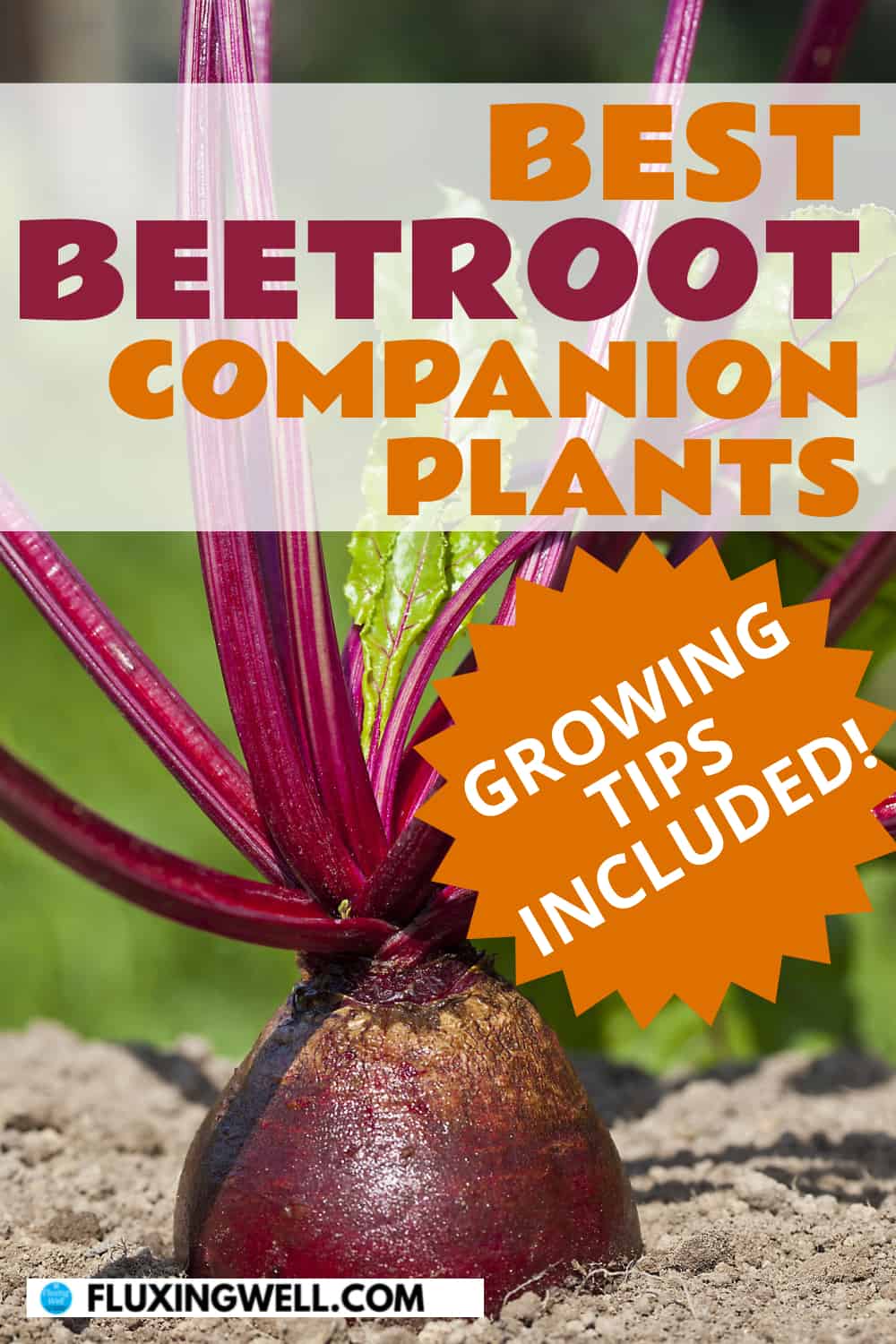
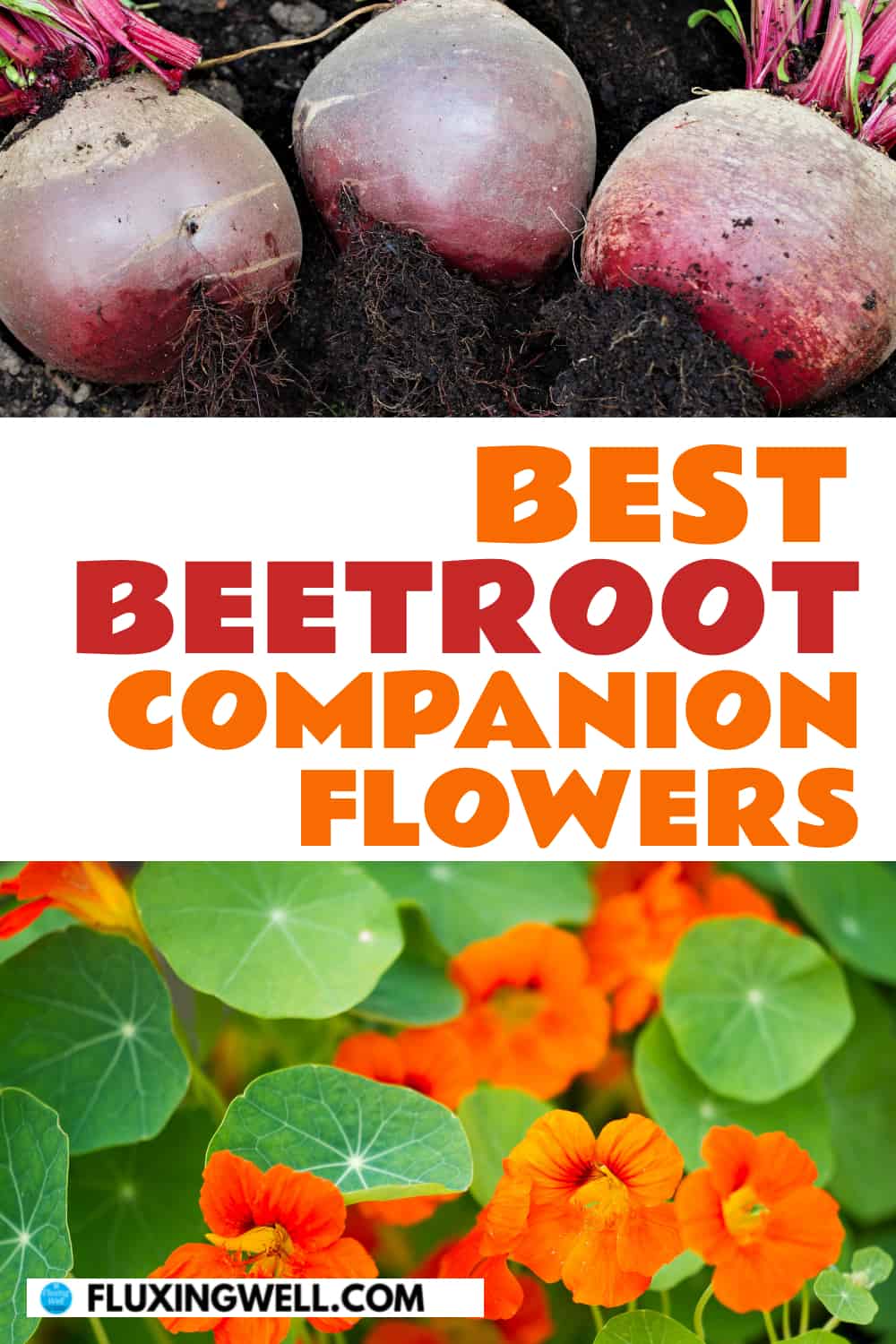
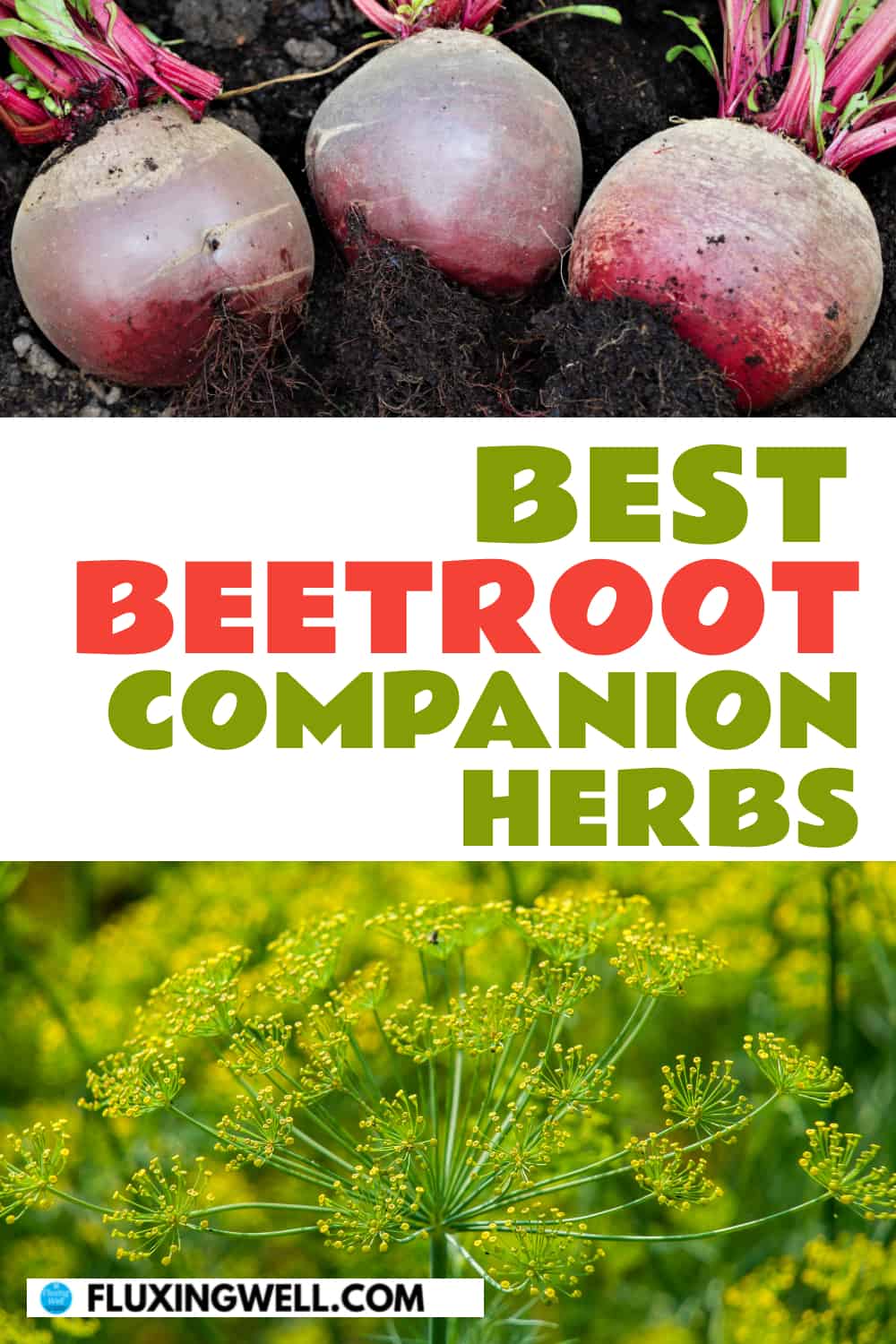

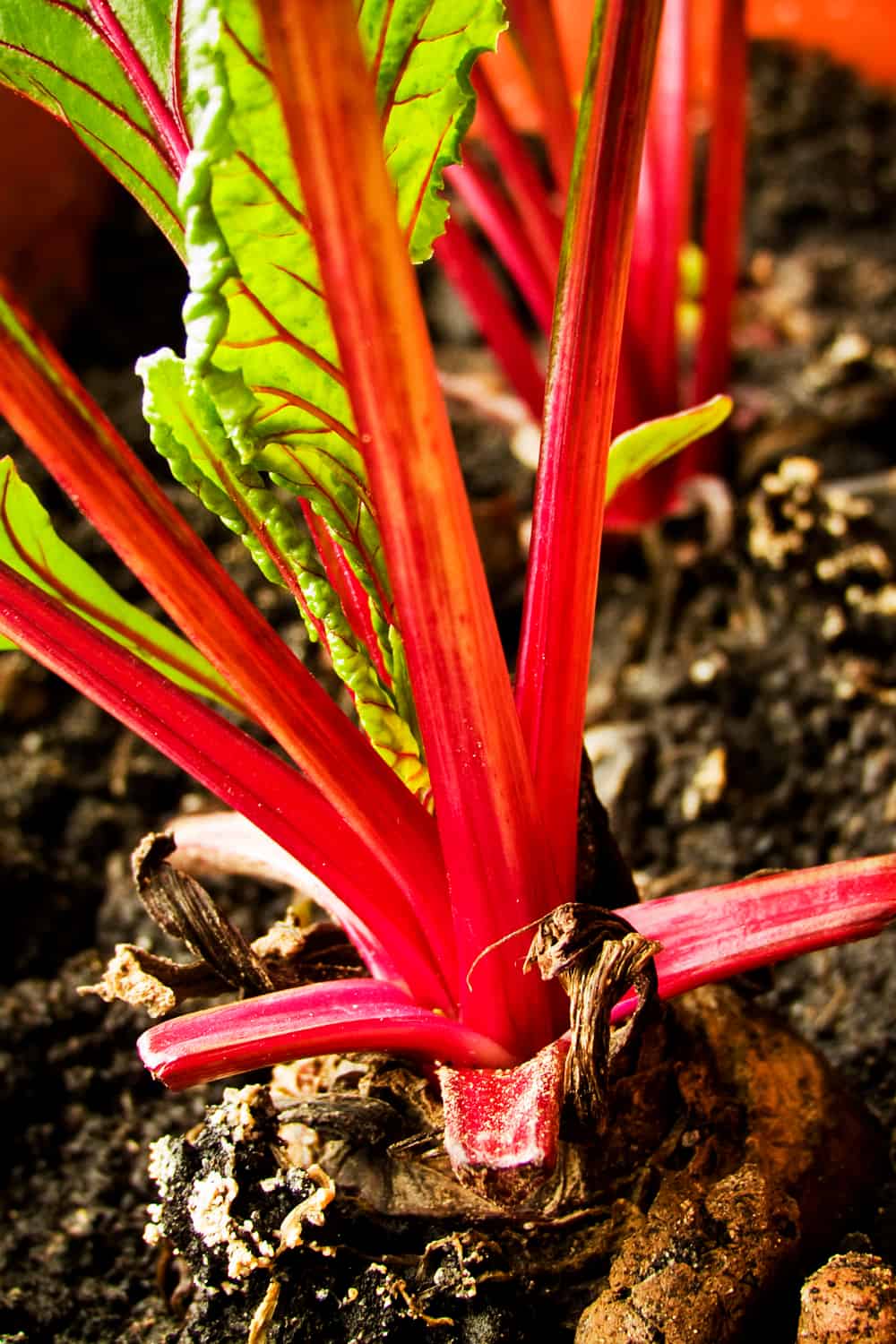
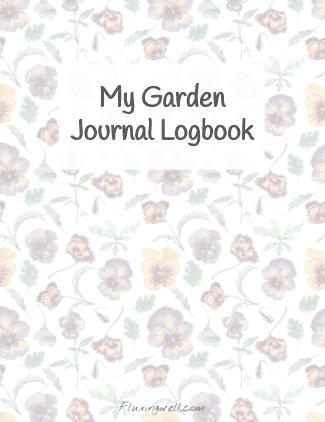

Thanks for all of these companion planting tips for beetroot (or beets, as I call them). I had never heard the word mangelwurzel before. Great information!
You are most welcome. I love to grow beets (beetroot) and I am happy the post was helpful.